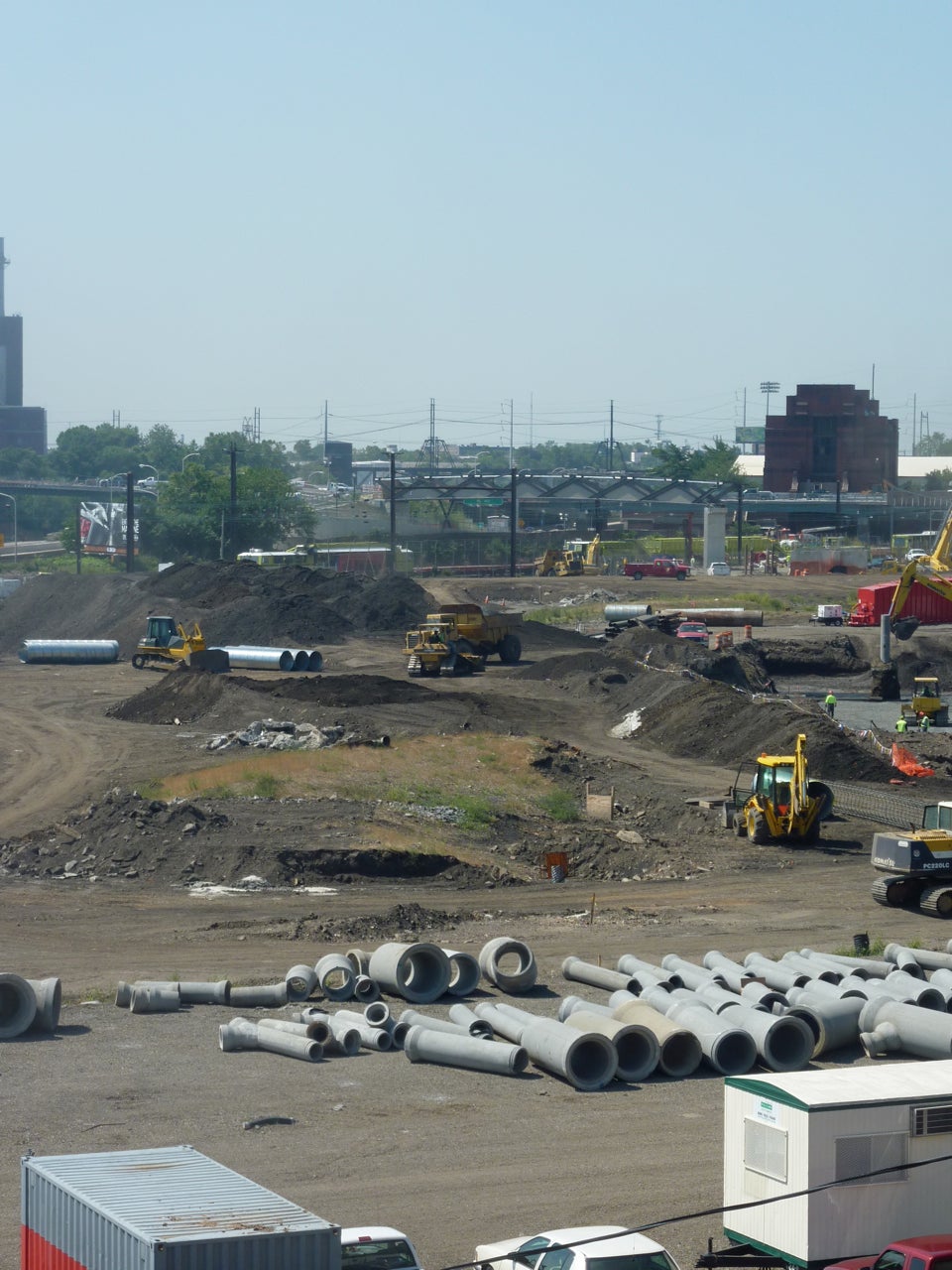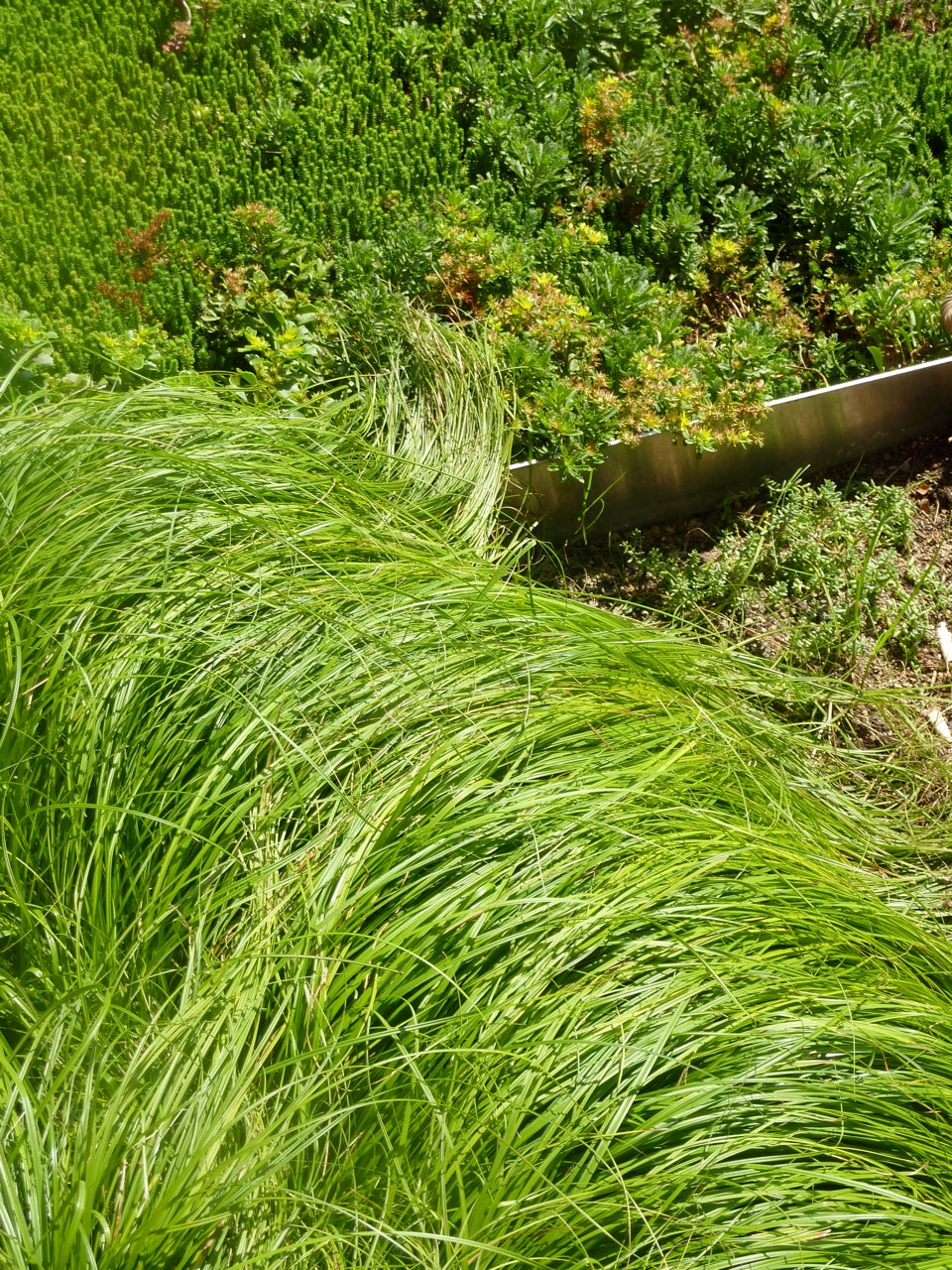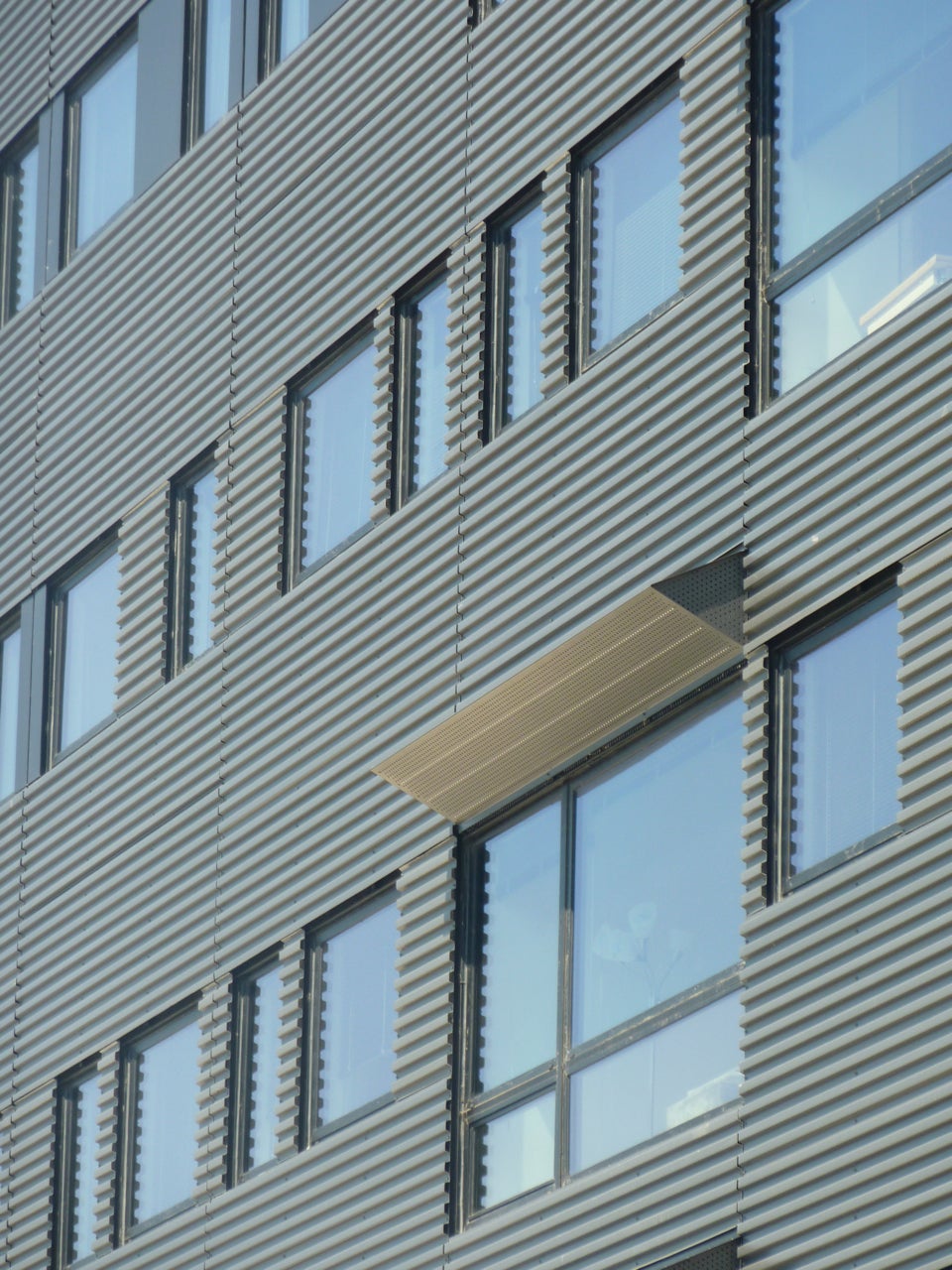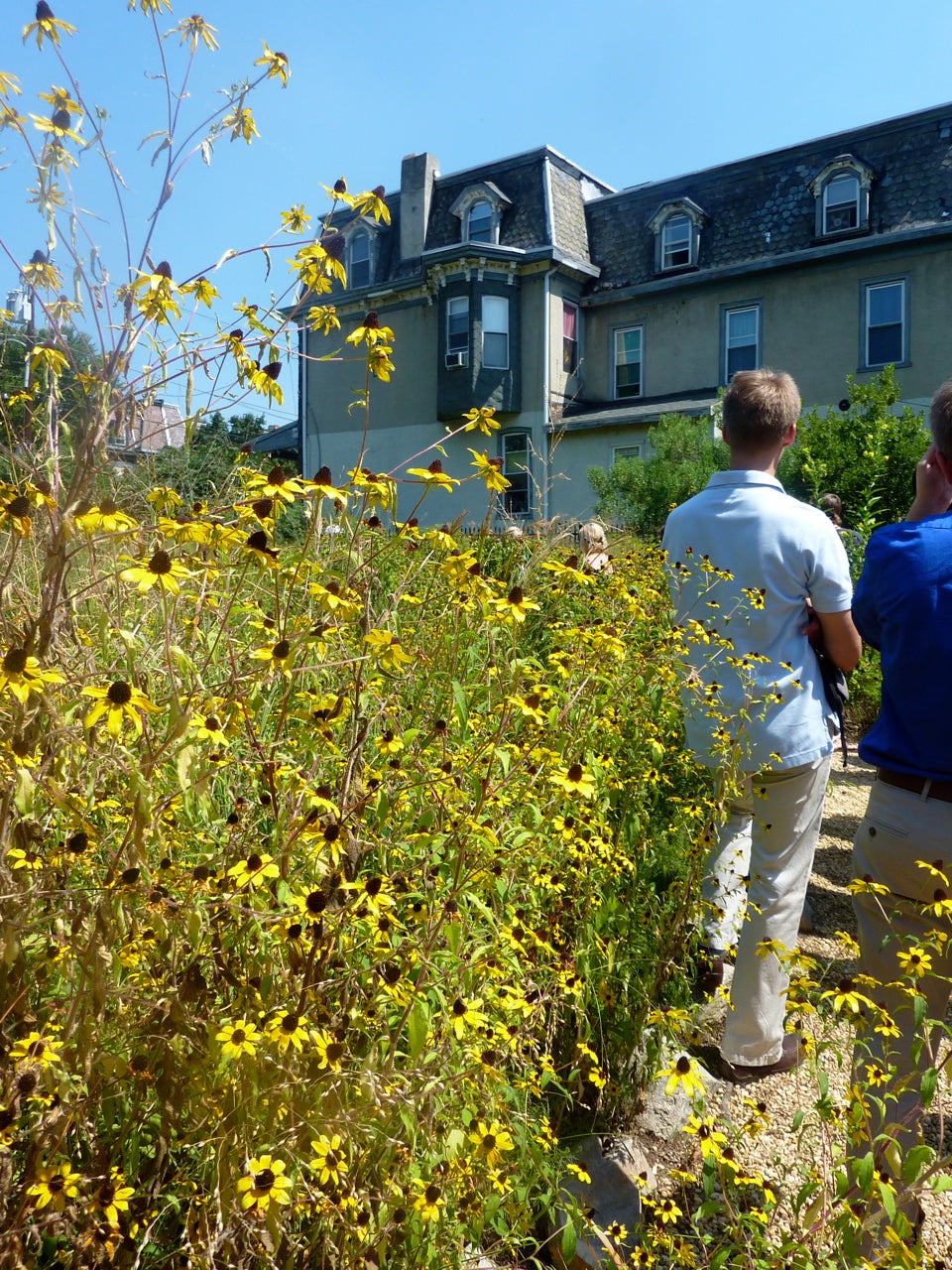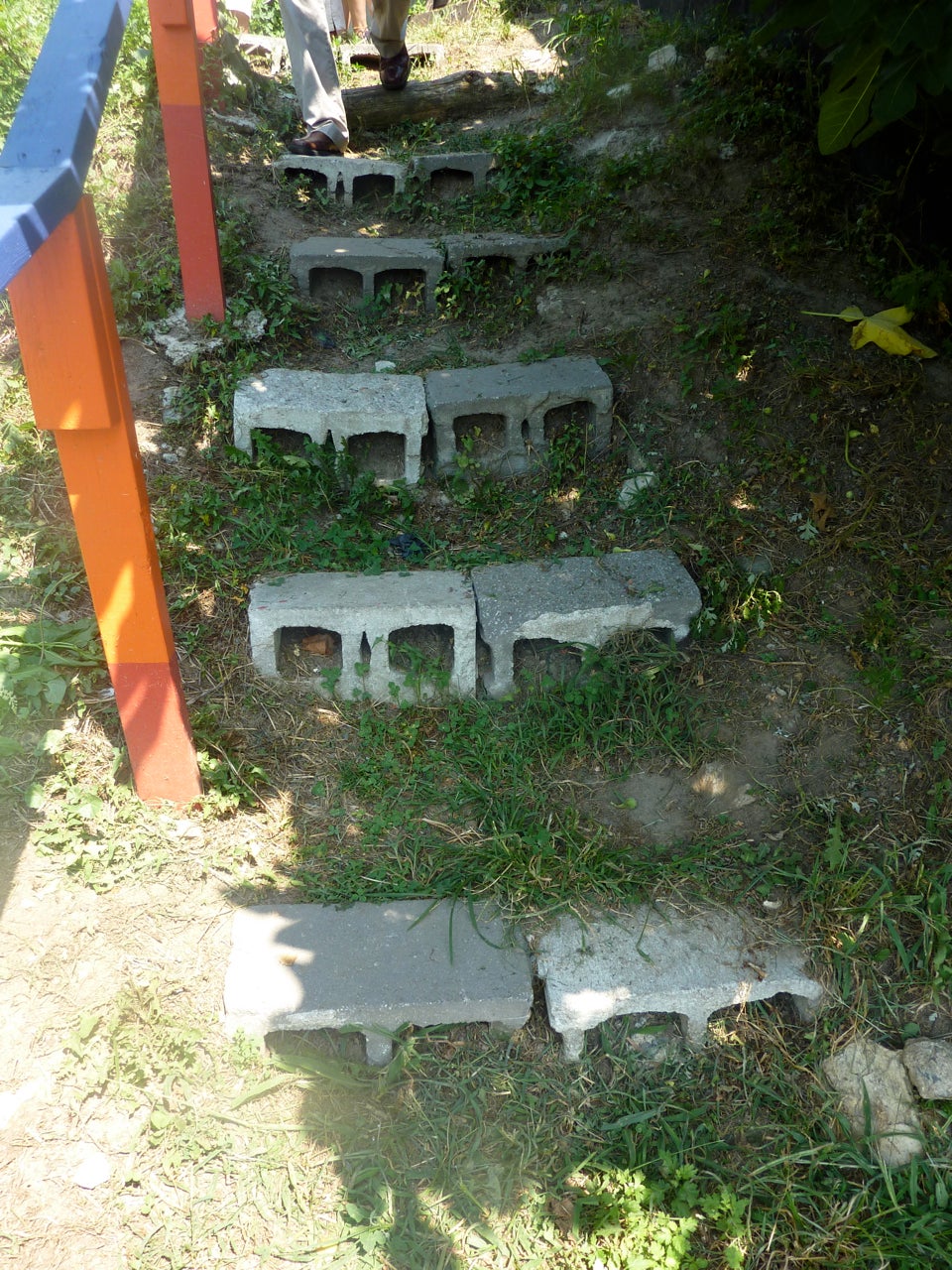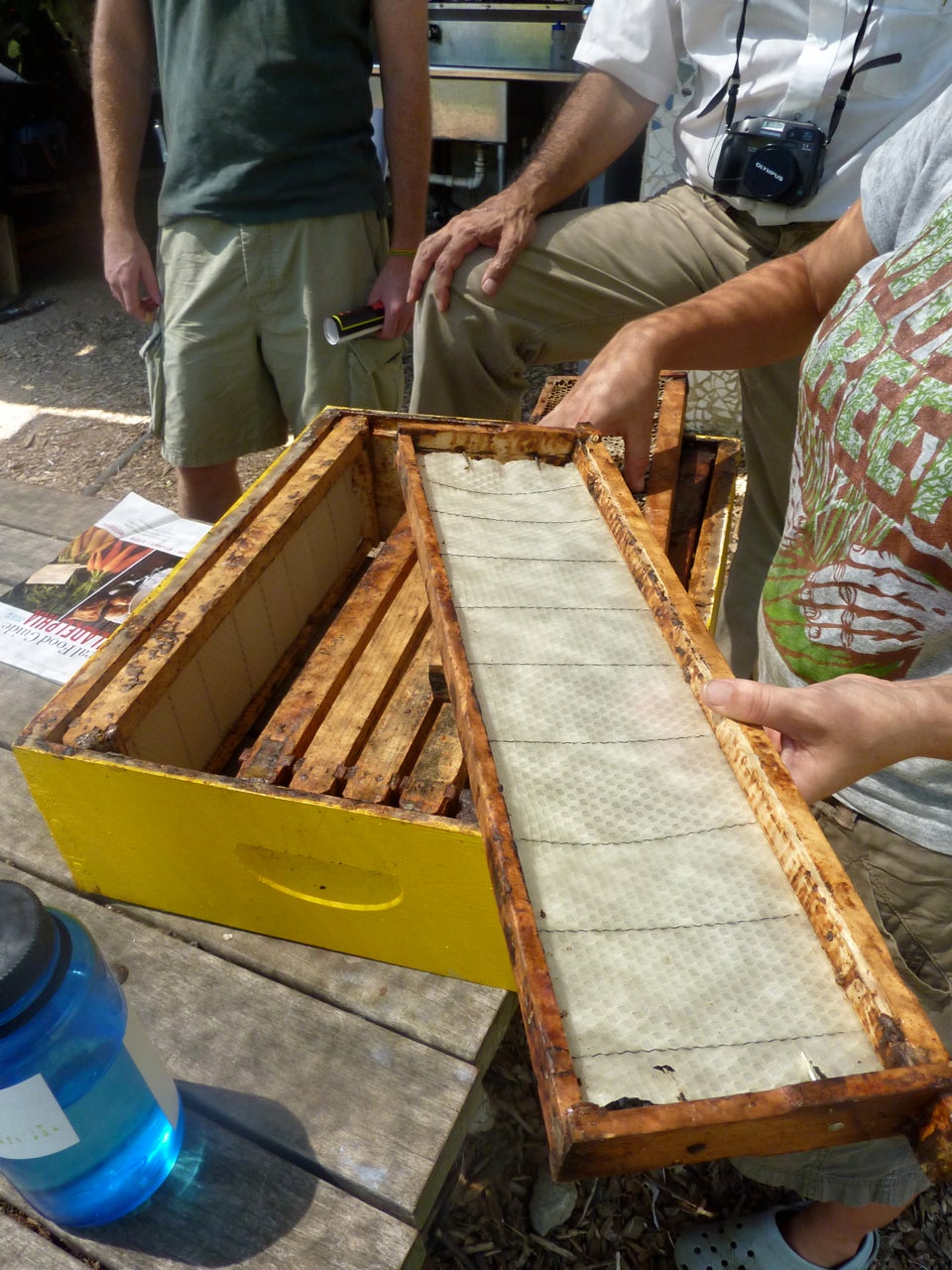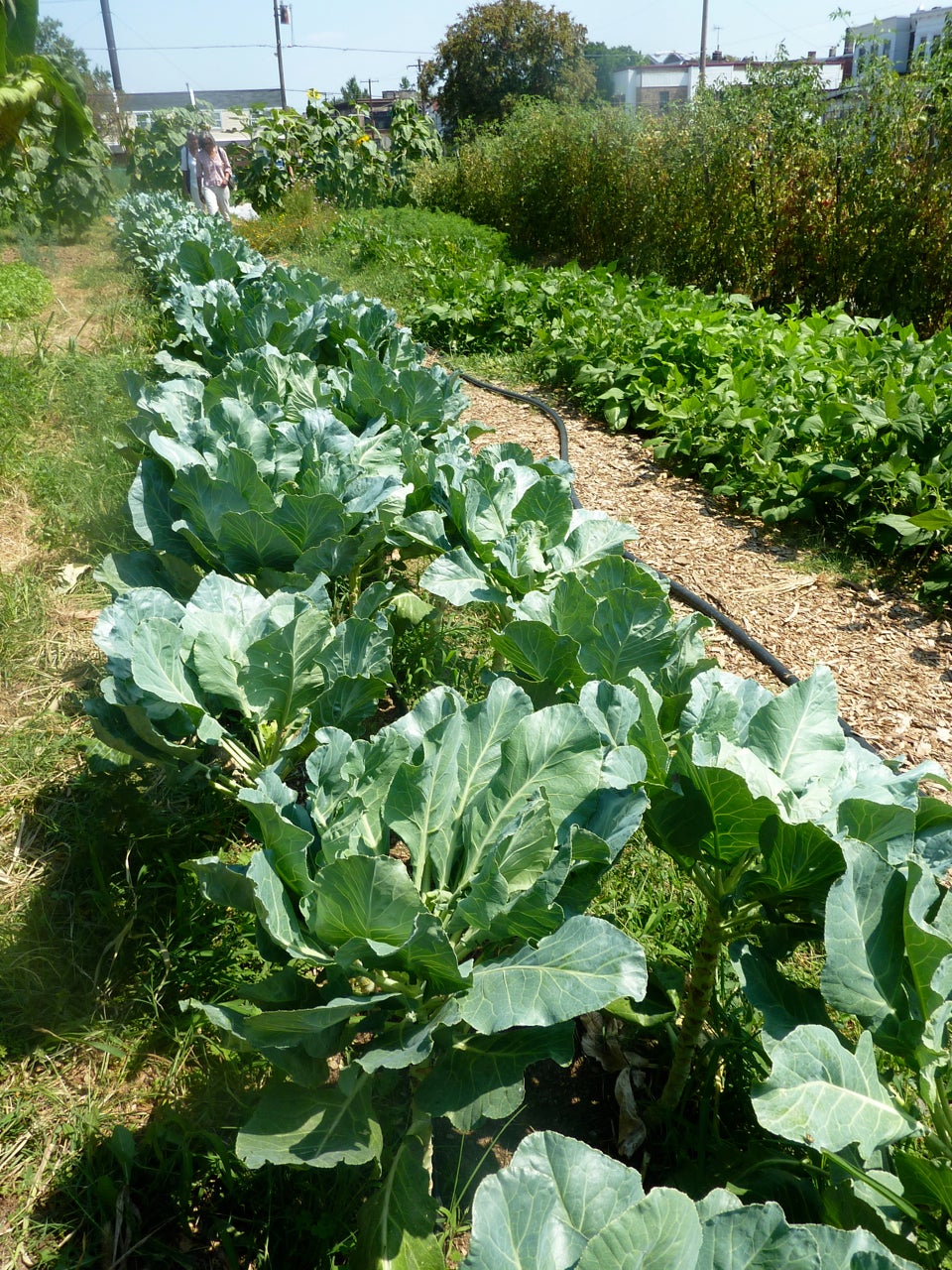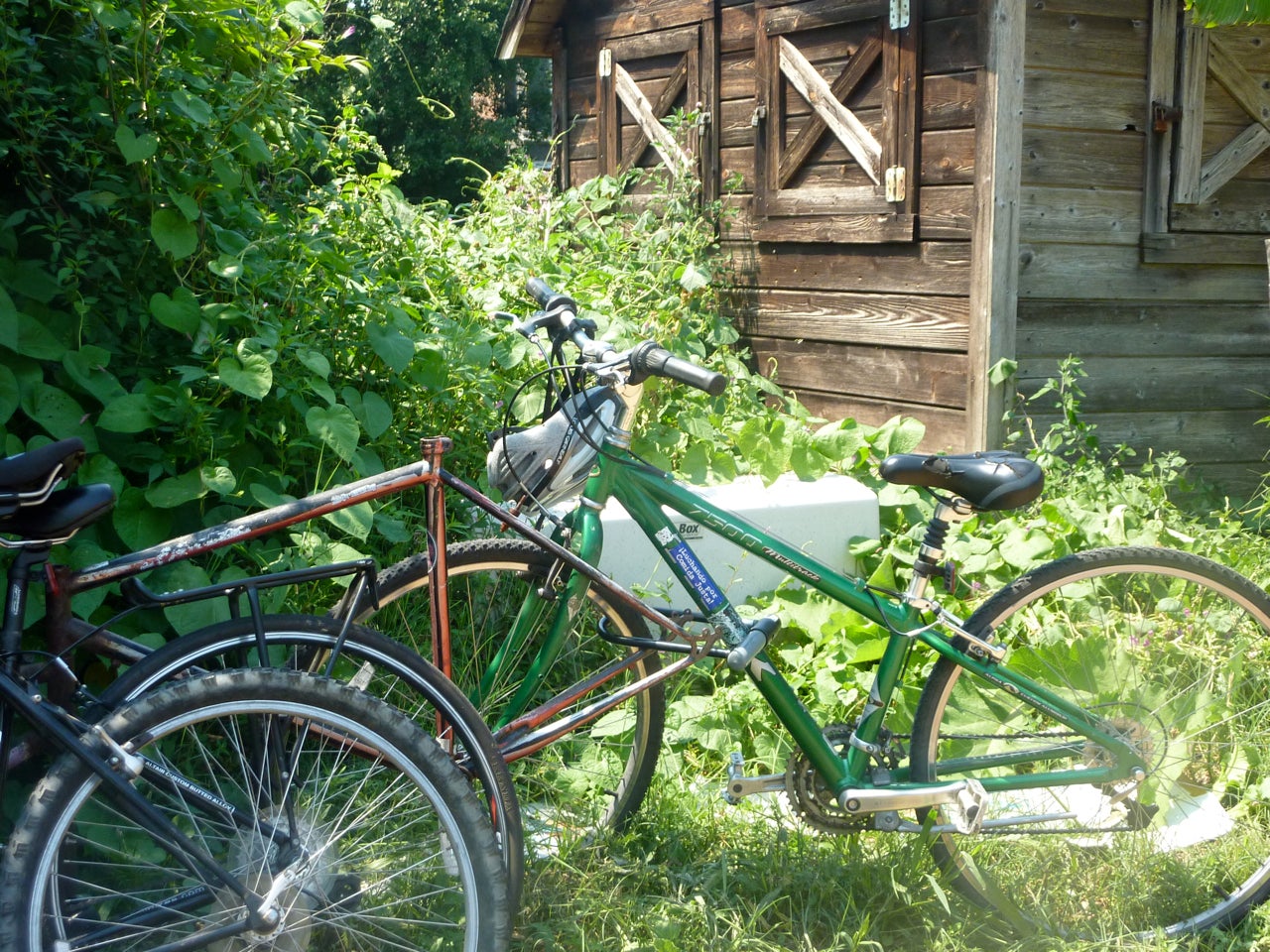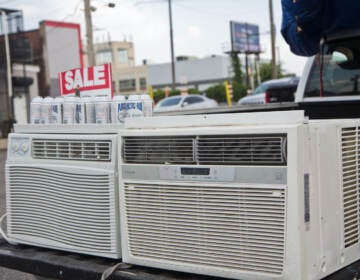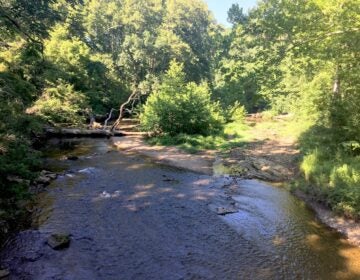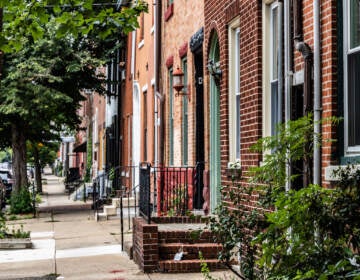Sizing up the city’s green infrastructure
Philadelphia’s Greenworks initiative, a plan to make our city the greenest in the U.S. by 2015, features ambitious goals including the planting of hundreds of thousands of trees, and the lowering of the city’s own energy consumption by 30 percent.
But every day, around us all, smaller instances of our ongoing efforts abound, as a bus tour last Thursday made clear. A kickoff for what is hoped to be a continuing series offered by the Urban Sustainability Forum, the three-hour ride featured stops highlighting “imagined, new, and existing” examples of the city’s “green infrastructure.”
About forty participants — ranging from a small business owner who installs natural habitat landscapes for clients like the Philadelphia International Airport to the general counsel for a manufacturer of solar panels to a home-for-the-summer student pursuing “landscape studies” at Smith — gathered at the Academy of Natural Sciences and boarded a lurching, compressed natural gas bus on loan from the Lower Merion School district.
The first leg of the ride took fifteen minutes, leading at least one person— this reporter — to wonder if it might have made better sense to meet at the Walnut Street bridge, the program’s first stop.
Here, we viewed the “imaginary” part of the trip: a hole in the ground that stretches from Walnut Street to South Street and represents the forthcoming $46 million Penn Park. Pitting a megaphone against zooming traffic, Daniel Garofalo, Penn’s first environmental sustainability coordinator and a senior facilities planner, explained the lay of the 24-acre land. He outlined an inspiring and ingenuous plan to bring new life to what’s long been an unsightly tangle of not-so-green infrastructure.
Gesturing toward the spots where tennis courts and softball fields will eventually take hold, Garofalo described how landscape architects Michael Van Valkenburgh Associates have created berms, bridges, and swales to accommodate the site’s “bizarre situation” — in between highways and various rail tracks, and below the grade of the Center City street grid — and discussed the park’s various green elements. These include stormwater collection, LED lighting, and tree canopies.
About any long-term hopes of connecting to Schuylkill Banks, Garofalo admitted that “it’s a challenging issue.” Citing both technical and political reasons, he added, “we do want to integrate with the existing biking and walking trails.”
The next stop brought everyone to the western edge of the Penn campus where the Radian apartment building on the 3900 block of Walnut St. opened about two years ago. Garofalo pointed out the property’s two green roofs — one of which serves as an amenity for the enticing terrace of the well-received bar City Tap House.
Indicating the two-inch corrugated steel “rain screen” in which the building is clad, Garofalo explained its function. The screen allows rain to slip between it and the building’s true facade. As the rain falls, it naturally cools the building before being collected in the cisterns buried under a tree-bedecked plaza.
Although this building was not built to LEED specifications, Garofalo said that currently the university has nine projects under construction which are aspiring to certification. He added that the university now boasts five green roofs throughout the campus.
A visit to a secret garden followed. Since 2006, the University of the Sciences— in partnership with the Philadelphia Water Department — has used the 1/3-acre Lower Mill Creek Garden as a teaching instrument for education programs on sustainability.
On this clear, sunny day it was alive with fluttering butterflies, swaying rudibeckia, and the crunch of gravel underfoot as the group settled down for a boxed lunch from Weaver’s Way, the Mt. Airy-based food co-op. Unfortunately, we learned, the park is mostly kept under lock and key.
At Clark Park, across 43rd Street, tour leaders spoke briefly about the porous surfaces of the active basketball courts. Then it was back on the bus to head out to the last stop, Mill Creek Farm (http://www.millcreekurbanfarm.org). Whereas the meadow-like garden seemed torn from the pages of an English gardening book, this city-owned project — both take their name from the buried creek that runs through West Philly — bore a homespun air that smacked of a TV version of rural America.
Walking past a welcoming hand-painted sign, we spied a slightly ramshackle, rustic structure constructed of reused timber and cobwork (a clay mud technique) walls. A mesh awning flapped in the breeze, and the ground was covered not with gravel, but with woodchips. The shed’s living roof of sedum became visible only after ascending a berm via steps cleverly crafted from cinder blocks. Up here, a thriving hive of bees feasted and buzzed, producing honey for the farm.
All around, vegetable plots also did their work. The farm sets up shop outside its gates on Saturdays, and participates in a nearby farmers’ market on Wednesdays. It also sells to the Mariposa Food Coop on Baltimore Avenue, and donates food to local cupboards, according to Johanna Rosen, who runs the farm with just one other person, Jade Walker. “This neighborhood is basically a food desert,” Rosen explained of the farm’s mission to bring healthy, locally-sourced food to the area.
Part of the 1 1/2-acre site has been home to a community garden for more than 15 years; the rest of the lot had sat vacant for three decades and is owned by the city through the Redevelopment Authority, and leased to the Philadelphia Water Department as part of the department’s stormwater management efforts. A few years back, the two women pitched the idea of an urban farm to the Pennsylvania Horticultural Society, and with funds from PWD and PHS, the farm was born in 2005.
After five growing seasons, Rosen and Walker have learned ” to adjust our growing plans so we can respond to market demands,” says Rosen. “We’ve gone from one row of okra the first year to three rows, for example,” she laughs. “It’s our best seller.” Produce yields also include tomatoes, collard greens, eggplant, and sweet potatoes.
From a multi-million dollar park to a low-tech back-to-basics farm, the journey made one wonder: Need all green efforts involve so much money and, well, infrastructure? Or should we all be thinking about bringing the roots back into the green, green grass of home?
Contact JoAnn Greco at www.joanngreco.com
Check out her new online magazine, The City Traveler, at www.thecitytraveler.com
WHYY is your source for fact-based, in-depth journalism and information. As a nonprofit organization, we rely on financial support from readers like you. Please give today.



